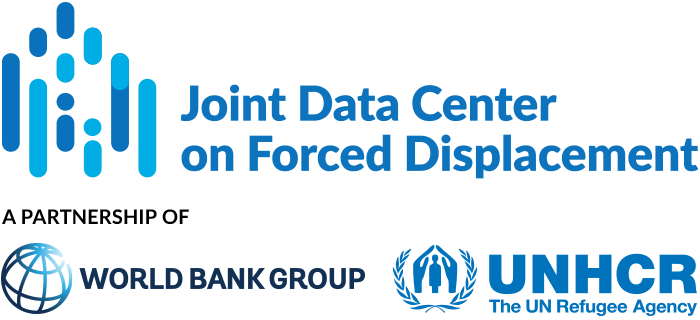This article examines how forced migration affects ethnic diversity and conflict in Sub-Saharan Africa.
The authors exploit annual variations in the presence of refugees to approximate the resulting changes in the diversity of refugee-hosting areas in 23 countries in sub-Saharan Africa between 2005 and 2016. The analysis is based on individual data on ethnicity from Afrobarometer between 2005 to 2016 (covering a sample of 5194 clusters and 76,518 individuals in 23 countries in sub-Saharan Africa), data on the location and composition (by country of origin) of refugee camps from UNHCR (covering 172 camps located at a maximum distance of 80 km from the 5194 clusters), data on the ethnicity of refugees from the 2019 Ethnic Power Relations – Ethnicity of Refugees (EPR-ER) dataset, and data on the incidence and intensity of conflict from the Armed Conflict Location and Event Data (ACLED).
The authors construct two standard measures of ethnic diversity: indices of ethnic fractionalization (EF) and ethnic polarization (EP). Ethnic fractionalization measures the probability that two individuals drawn at random from society belong to two different ethnic groups, and thus increases with the number of ethnic groups present. Ethnic polarization captures antagonism between individuals and is maximized when society is divided into two equally sized and distant ethnic groups.
Main results:
- Refugees per se do not impact conflict likelihood. On the contrary, there is a negative correlation between the presence of refugees and violent conflict.
- There is a positive effect of ethnic polarization on the intensity and frequency of conflict. On average, the intensity and frequency of violent conflict increase by 9 percentage points and 3.6 percentage points, respectively, following a refugee-induced increase in polarization by one standard deviation.
- Refugee-induced fractionalization tends to decrease the risk of conflict.
- Effect sizes are comparable in magnitude to other major determinants of conflict, namely the role of economic shocks (often associated with climatic shocks), natural resources, and price shocks.
The authors conclude that refugees may increase conflict when their presence serves to intensify intergroup antagonism in communities that are already polarized. It is therefore important for policymakers and practitioners to consider that the risk of violence increases when refugees exacerbate polarization between a few large groups.


